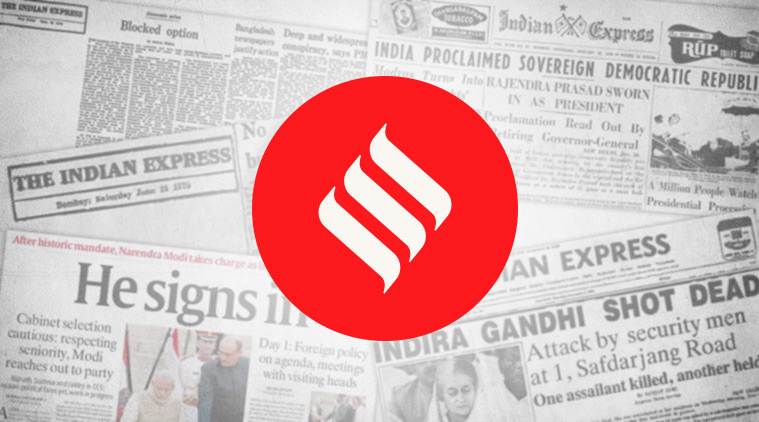
For 32 months running (from September 2016 to April 2019), consumer food inflation has been trailing general retail inflation. To understand its significance, rewind to the preceding 32 months (from January 2014 to August 2019), when in as many as 25 months the annual increase in food prices exceeded overall consumer inflation. Simply put, food prices aren’t pinching as before and have also not been a hot-button issue in the current Lok Sabha elections — unlike in 2014, when they were one of the key reasons for the then Congress-led ruling alliance’s rout. Bringing down retail food inflation from near double-digit to low single digit levels — even negative in many months — has, indeed, been a signal achievement of the Narendra Modi government. However, it hasn’t been an unmixed blessing. While consumers have benefitted, the same cannot be said about farmers, for whom flat or falling prices of food and other agri produce have spelled disaster. Whether and how much that would cost the Modi-led BJP — in terms of rural votes — will be known on May 23, the day of counting.
Meanwhile, there are also signs of a trend reversal. The last couple of months have seen prices of a host of farm commodities — from coarse grains, cattlefeed ingredients and cotton to tomatoes and seasonal vegetables — going up significantly. Even milk and sugar are beginning to shake off a prolonged bear phase. The immediate trigger for this seems to be drought in large parts of Maharashtra, Gujarat, Karnataka, Andhra Pradesh and Telangana. But there could be structural reasons as well. It is not difficult to believe that sustained low produce realisations have broken the backs of many farmers, leading them to cut down crop acreages or underfeed their cattle. These are bound to impact yields and supply at some point. In that case, a normal monsoon alone, as forecast by the Met Department, may not be enough. Farmers aren’t going to ramp up output overnight, just as insufficiently nourished bovines will take time to calve and produce close to their genetic potential. If structural supply constraints combine with a not-so-great monsoon, the result may well be a return of food inflation.
That, on the face of it, may not be good news for the next government. The mistake it should avoid is to clamp the usual restrictions on exports, internal trade and stocking, even while allowing unlimited imports at zero duty. On the contrary, this is the time to scrap the Essential Commodities Act and laws allowing agricultural produce trade only in government-controlled wholesale mandis. The current food inflation, if at all, is a necessary price correction that will help restore farmer confidence. Improved price realisations would also create an environment to phase out wasteful government spending, whether through market-distorting minimum support price procurement operations or under-pricing of fertilisers, water and electricity. Farmers deserve remunerative prices, not handouts.